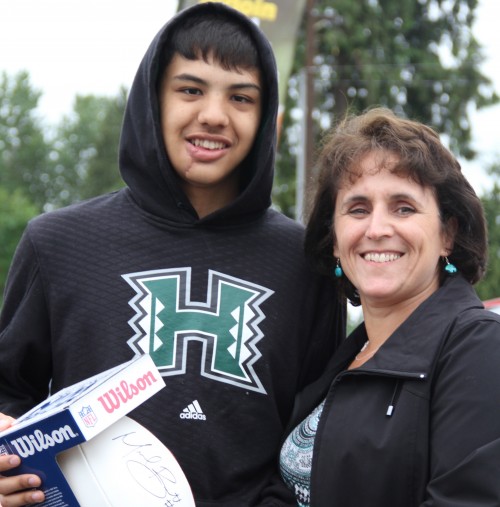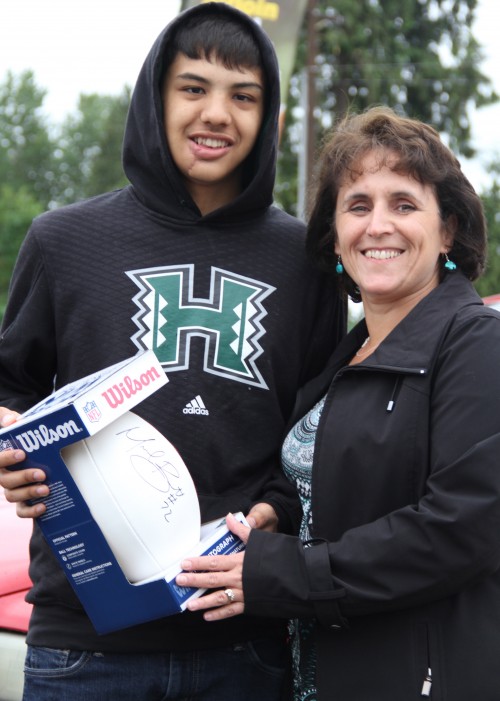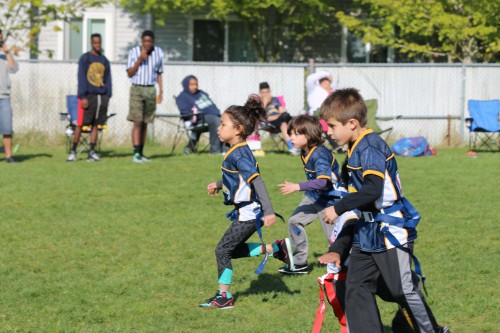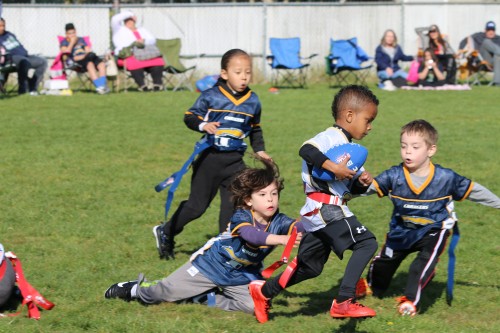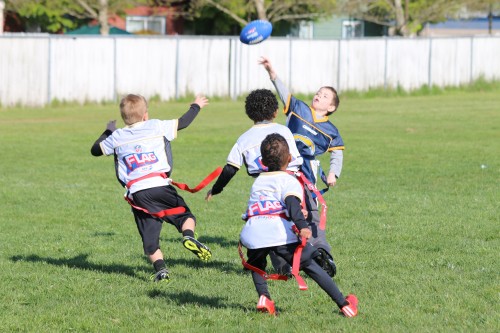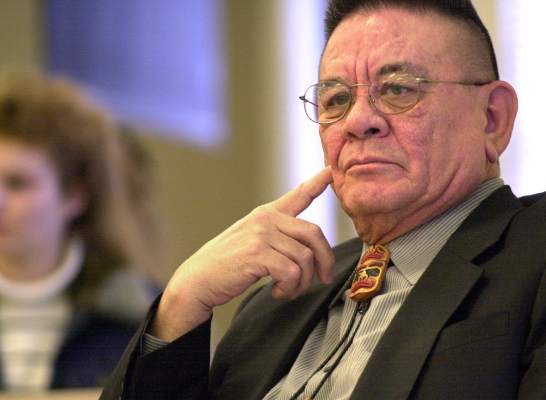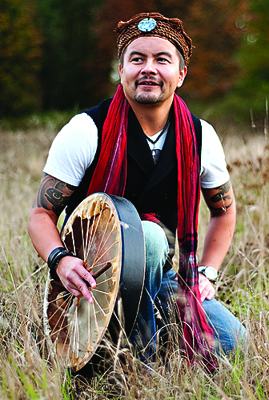Mytyl Hernandez, Tulalip Hibulb Cultural Center and Natural History Preserve
Tulalip, Washington – Overcoming environmental and cultural challenges can make for unexpected partnerships that result in extraordinary outcomes. At Roots of Wisdom, the Hibulb Cultural Center and Natural History Preserve’s latest exhibit opening to the general public May 16th from 12:00–5:00 p.m., the knowledge of native peoples and cutting-edge Western science are explored, providing insight into how we can improve our relationship with the natural world.
Roots of Wisdom features stories from four indigenous communities, giving visitors real life examples of how traditional knowledge and Western science, together, provide complementary solutions to ecological and health challenges facing us today. Through the voices of elder and youth, engaging video interactives and hands-on games, visitors will gather resources, examine data, and take part in the growing movement towards sustainability and the reclamation of age-old practices.
“We are so pleased to have had the opportunity to develop an exhibit through a collaborative process which is a new experience for us. We are so excited that we get to be its hosts”, says Tessa Campbell Senior Curator. “Roots of Wisdom allow our guests an inside look into Tribal communities throughout the country and see how they are managing and preserving their natural and cultural resources”.
Traditional Knowledge/Western Science
Visitors are invited to explore the unique relationship between Western science and native ecological knowledge. From everyday items like duck decoys to surfboards, popcorn to chocolate, guests will learn how native knowledge impacts our daily lives, and recognize the great contributions that indigenous peoples have provided over centuries.
Re-establishing a Native Plant (Eastern Band of Cherokee Indians)
The river cane plays a prominent role both in revitalizing cultural practices and restoring ecosystems. Guest will learn how this hardy plant affects water quality and how Cherokee elders are teaching new generations about the traditional craft of basket weaving. Visitors are invited to experiment with river environments and even try their hand at basket weavings.
Restoring Fish Ponds (Hawaii)
Guests are given a chance to act as a caretaker of a fish pond or join a droplet of water on an incredible journey down a Hawaiian mountainside in these popular hands-on interactives. Visitors learn how native ecosystems have been disrupted and what is being done to restore these innovative forms of aquaculture, which could be a critical component to food sustainability for the people of Hawaii.
Rediscovering Traditional Foods (Tulalip Tribes)
Through a clever computer interactive, hands-on activities, and recorded stories, guests learn how Tulalip Tribes are striving to find a balance in their need for natural resources against the loss of land rights and environmental degradation. Visitors learn about traditional practices of wild harvesting and gardening. They will discover through Western science how these techniques are beneficial to human health.
Saving Streams and Wildlife (Confederated Tribes of the Umatilla Indian Reservation)
Seen as a pest in some areas of the country, the lamprey is an eel-like fish that is important both ecologically and as a food source to many indigenous people. In this fun interactive, visitors can pick up a replica lamprey as would a scientist. Visitors learn about the traditional stewardship of the lamprey and how the fish is a critical component of the ecosystem that the Umatilla Tribes depend on. Find out how traditional ecological knowledge and Western science are being applied to bring this amazing little fish back from the brink of extinction.
Roots of Wisdom opens Saturday May 16, 2015 at 12:00 PM and closes September 13, 2015.
The Hibulb Cultural Center is open Tuesday through Friday 10:00 AM to 5:00 PM, Saturday and Sunday 12:00 PM – 5:00 PM, closed on Mondays. Pricing: Adults $10, Seniors (50yr+) $7, Students $6, Veterans & Military $6, Children (under 5) FREE. “Family Pass” (2 adults, 4 children) $25. Visit www.hibulbculturalcenter.org for more information about the museum.
Funded by the National Science Foundation, Roots of Wisdom is specially designed for visitors ages 11-14. The exhibition was developed by the Oregon Museum of Science and Industry (OMSI), the Indigenous Education Institute (IEI), the Smithsonian Institution’s National Museum of the American Indian (NMAI), the Confederated Tribes of the Umatilla Indian Reservation, Tulalip Tribes, Eastern Band of Cherokee Indians and the Waikalua Loko Fishpond Preservation Society in Hawaii, and was made possible through funds from the National Science Foundation.
About the Hibulb Cultural Center and Natural History Preserve
The Hibulb Cultural Center and Natural History Preserve is dedicated to those who have gone home before us and those who remain to keep the cultural fires burning. The Hibulb Cultural Center features a fully certified collections and archaeological repository. The Center features a main gallery, a temporary exhibit, two classrooms, a research library, an interactive longhouse and a gift shop featuring Coast Salish and hand made products.
Directions: From I-5 take exit 199 Marine Drive NE in Marysville. Go west approximately 0.5 miles, then turn left on 23rd Avenue NE.

